When fishermen discovered the sick Irrawaddy dolphin calf, it was unable to swim and was in danger of drowning in shallow water off the coast of Thailand.
The fishermen contacted marine guardians right away, who provided them with advice on how to care for the baby until a rescue team could arrive.
The calf was given the name Paradon, which means “brotherly burden,” because everyone involved understood that it would be a challenge to save the dolphin’s life.
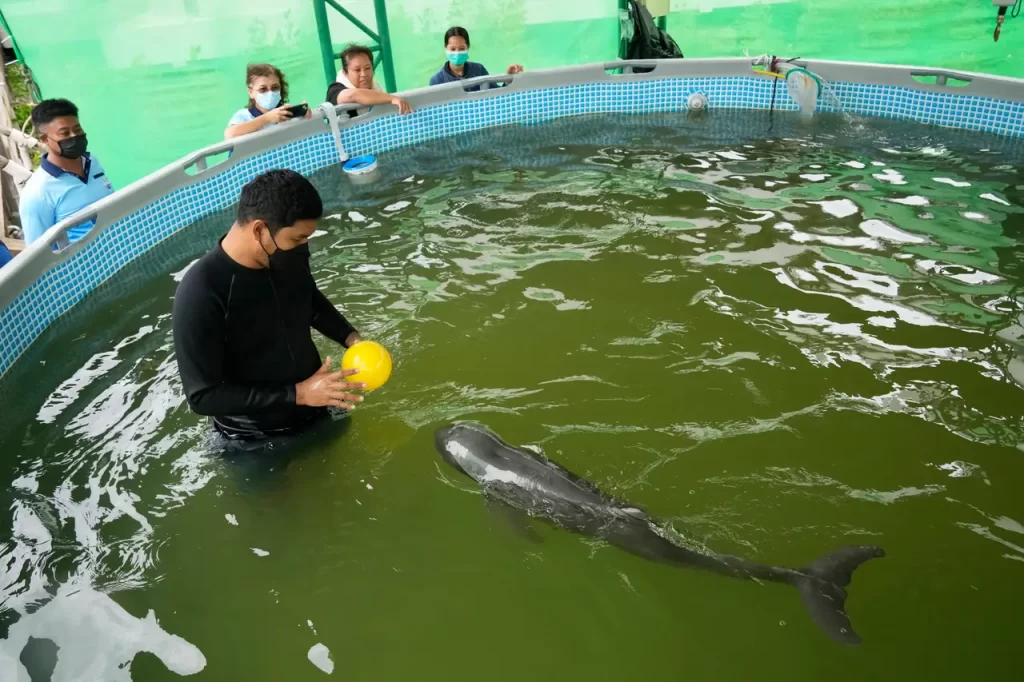
Irrawaddy dolphins are distributed in three rivers in Myanmar, Cambodia, and Indonesia as well as the shallow coastal waters of South and Southeast Asia.
The International Union for Conservation of Nature has classified them as a vulnerable species due to the loss of habitat, pollution, and fishing methods that accidentally catch dolphins along with other species.
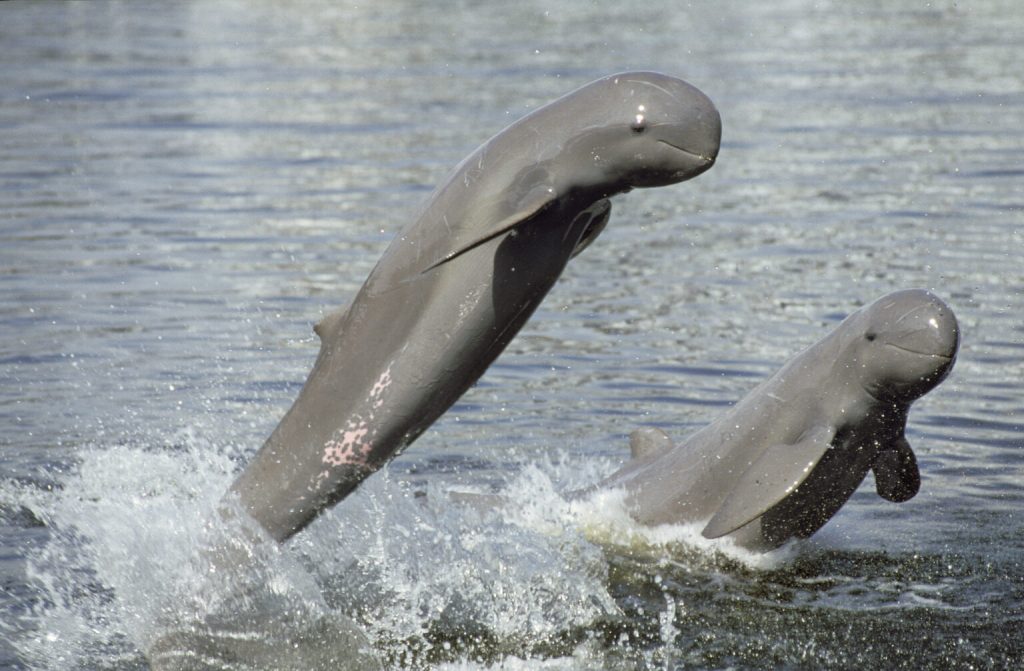
Officials from the marine research institute estimate that there are still 400 Irrawaddy dolphins residing in Thailand’s eastern coast, which borders Cambodia.
Paradon has been receiving care from several veterinarians and volunteers at the Rayong facility on the Gulf of Thailand since he was discovered by fishermen on July 22.
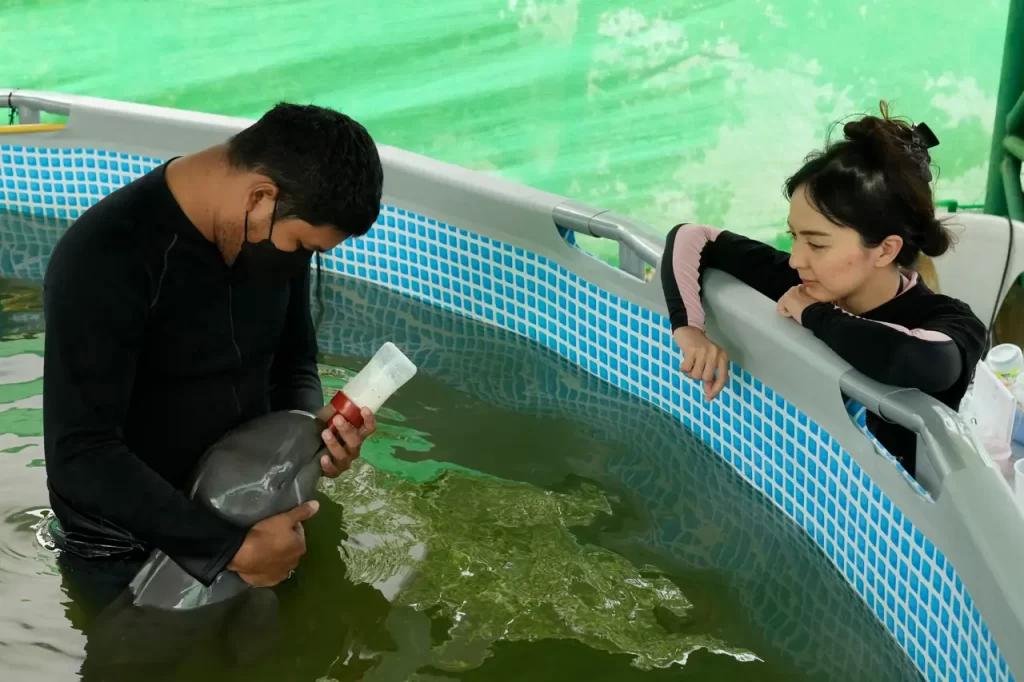
“We thought to ourselves that the likelihood of him surviving was very slim, considering his condition,” remarked Thanaphan Chomchuen, a veterinarian at the facility.
They placed him in a pool with saltwater, treated his lung infection, and assigned volunteers to keep a close eye on him around the clock.
To prevent him from sinking, they had to support him in his tank and feed him milk using a tube initially, then a bottle once he had developed some muscle.
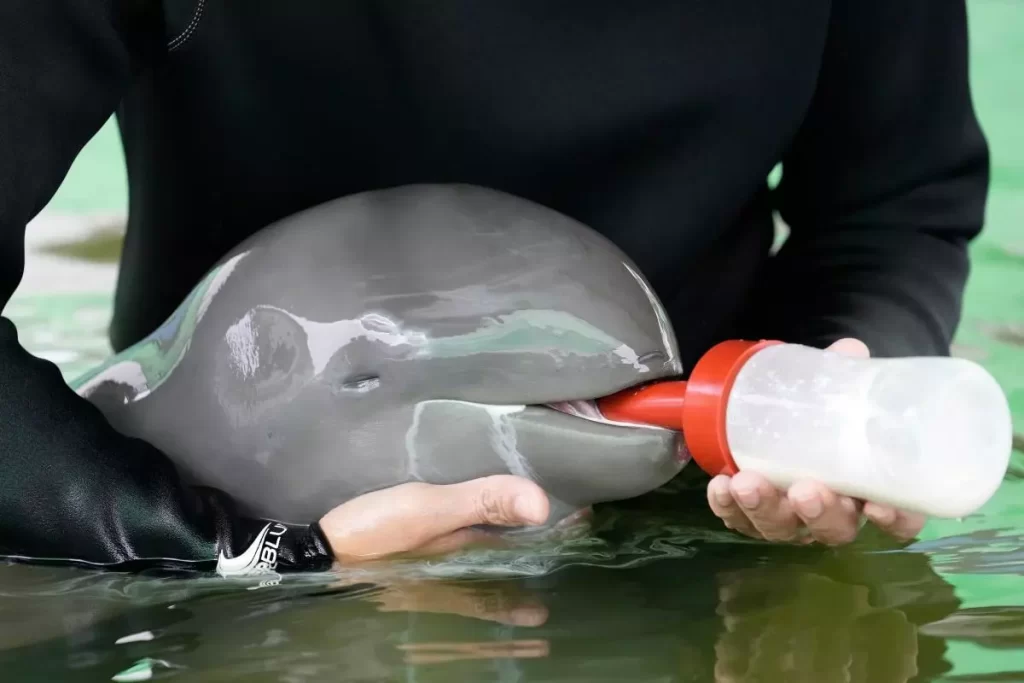
Every eight hours, the team comprises a resident veterinarian, one or two helpers, and other staff members who are in charge of the water filtration system and pump, as well as providing milk to the baby dolphin throughout the day.
After a month of care, Paradon has shown improvement. The calf, estimated to be between four to six months old, is now capable of swimming and exhibits no signs of illness.
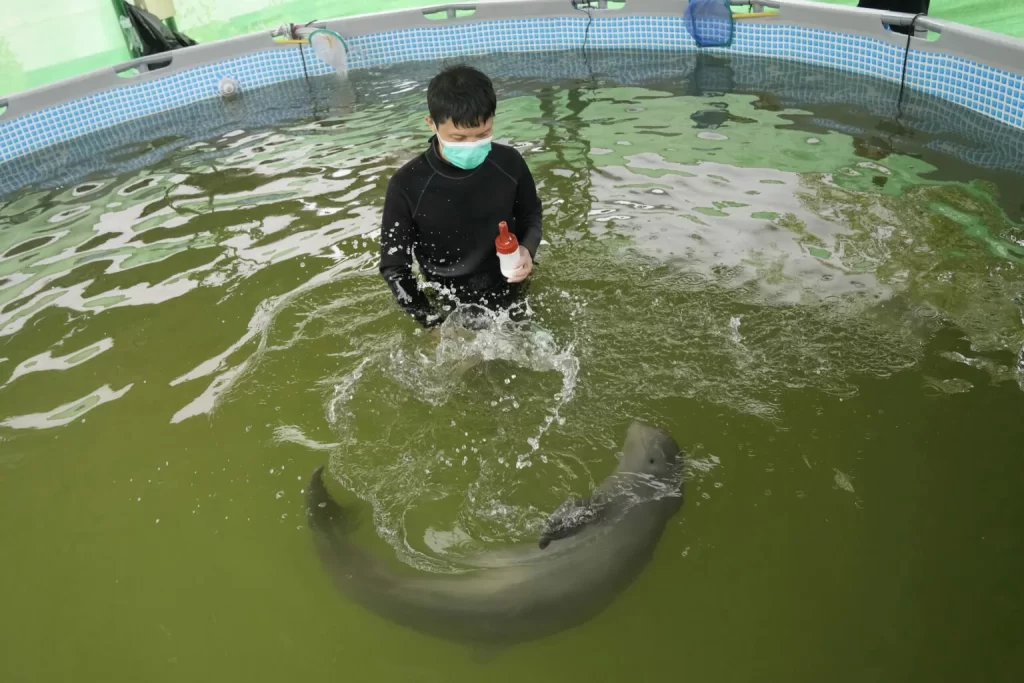
However, despite the team’s best efforts to feed him every 20 minutes or so, the dolphin, who weighed around 27 kilograms (59 pounds) and measured 138 centimeters (4.5 feet) on July 22, is still weak and not consuming enough milk.
One of the many volunteers who show up for babysitting duty with Paradon is Thippunyar Thipjuntar, a 32-year-old financial advisor.
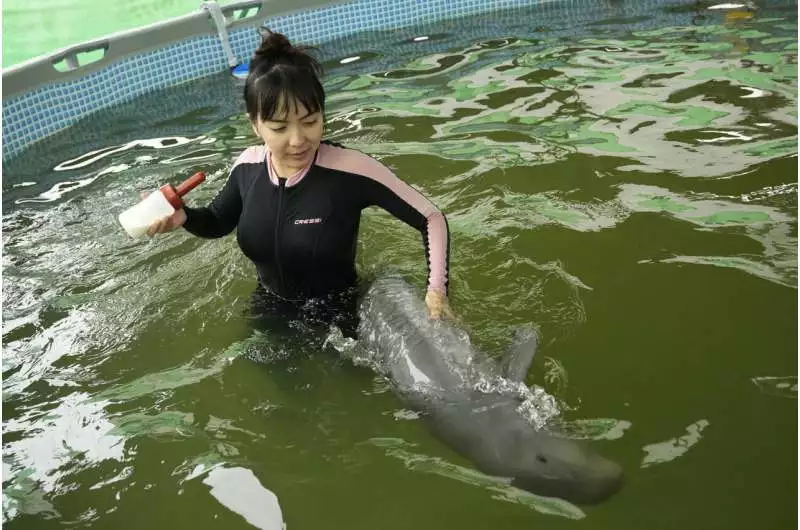
Thippunya, a financial advisor, stated that she couldn’t resist getting close to Paradon due to his cute appearance with a round child face and curved lips that resemble a smile. She expressed her concern about his growth, as he seems to prefer playing rather than eating enough food. On Friday, as she fed the sleepy Paradon, she shared with The Associated Press that she worries he is not getting enough nutrition.
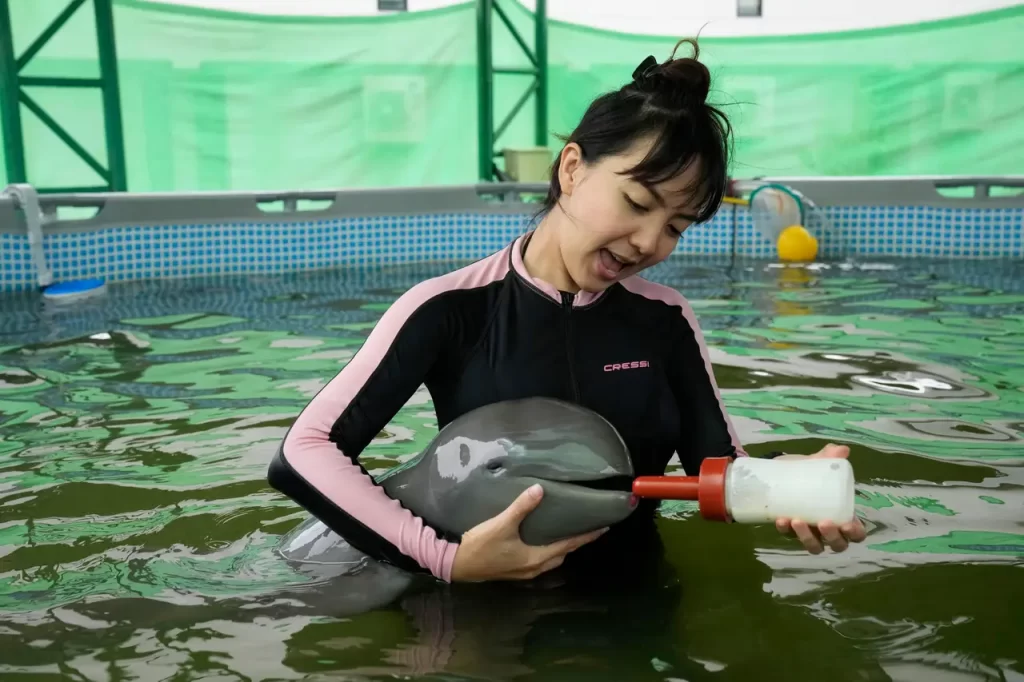
“Of course, as a volunteer, when you invest your time, physical effort, mental attention, and money to come here, you hope that he will grow strong and survive,” said Sumana Kajonwattanakul, director of the marine center. Paradon will need long-term care until he is weaned from milk and is able to forage for his own food, which may take up to a year.
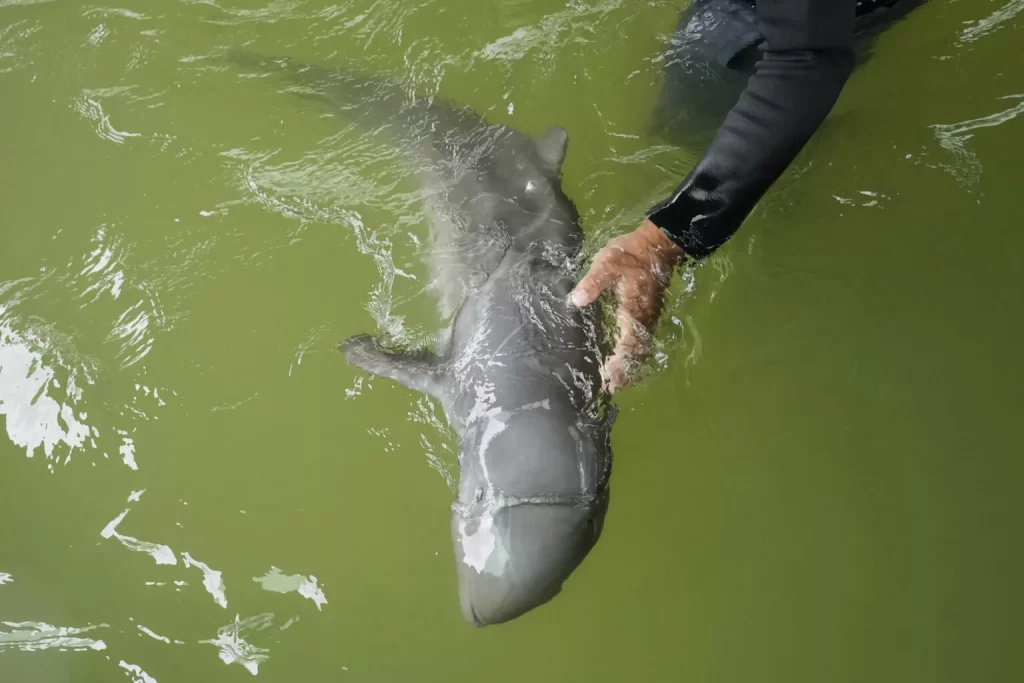
“If we launch him immediately upon improvement, he won’t have the skills to catch fish for himself,” Sumana explained.
The individuals responsible for Paradon’s well-being believe that the extended period of attentive care is valuable.
“Rescuing a single dolphin will enhance our knowledge since there have been few instances of successfully treating this animal type,” stated veterinarian Thanaphan.
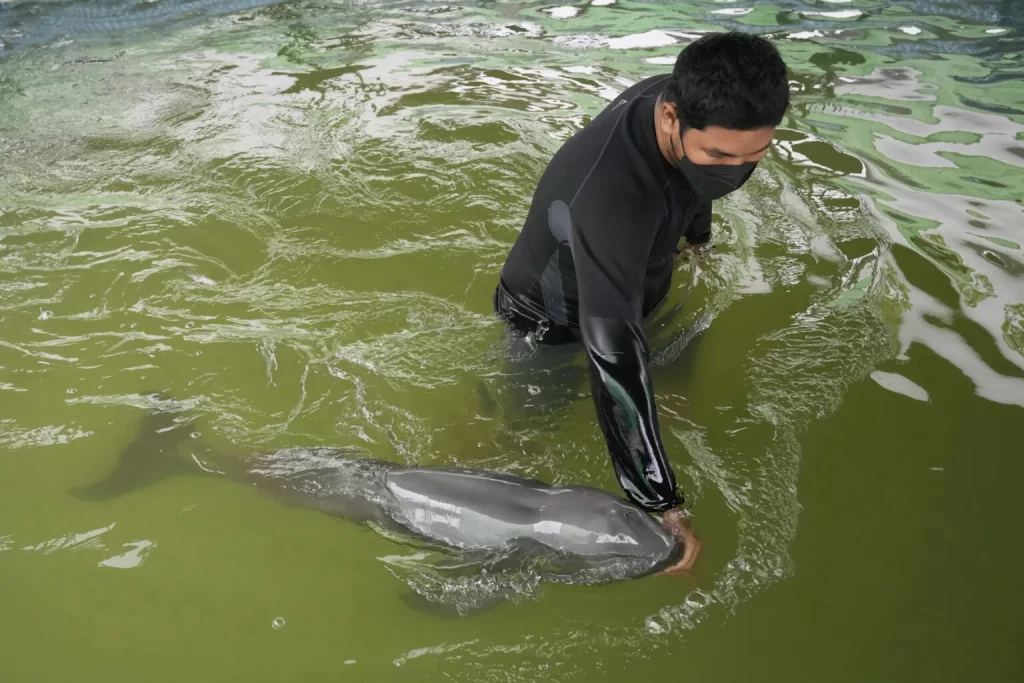
“If we are able to rescue him and he survives, we will gain valuable knowledge from the experience,” remarked the speaker.
“In addition, I think that by saving him and giving him a chance to thrive, we are also promoting awareness for the preservation of this particular species of animal, which is uncommon and in danger of extinction,” they added.
Watch the video below.
